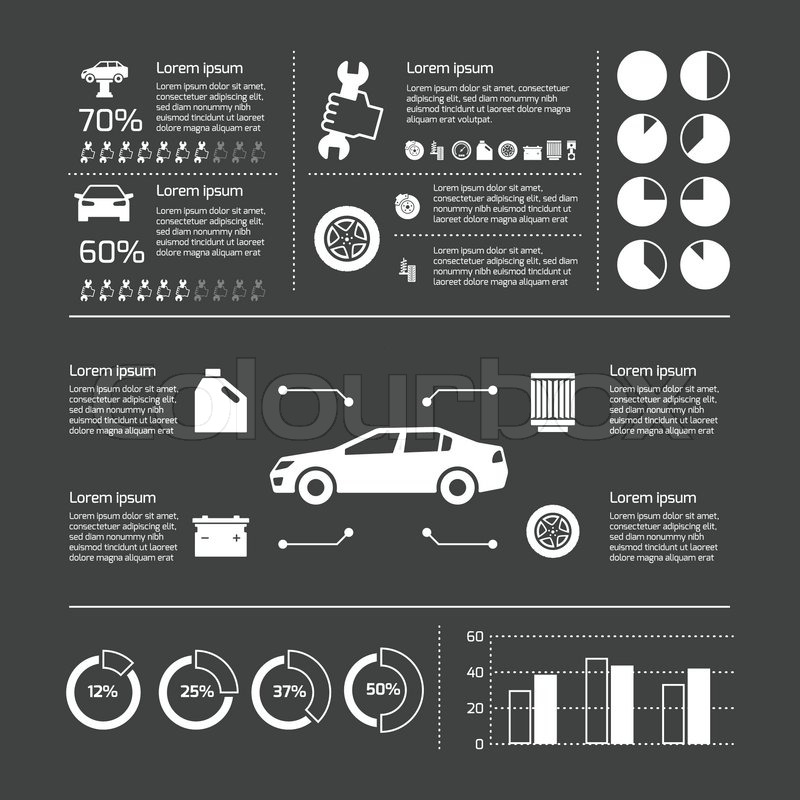Fascinated In Recognizing The Caution Lights On Your Cars And Truck'S Dashboard? Discover Their Significance For Your Automobile'S Safety And General Condition
Fascinated In Recognizing The Caution Lights On Your Cars And Truck'S Dashboard? Discover Their Significance For Your Automobile'S Safety And General Condition
Blog Article
Material Created By-Boye Kejser
When you lag the wheel, those radiant caution lights on your control panel can be a little bit perplexing. Do you understand what they're attempting to inform you concerning your vehicle's health? Comprehending the value of these lights is essential for your safety and the long life of your automobile. So, the following time among those lights pops up, would not you intend to understand its message properly and take the essential actions to resolve it?
Common Caution Lighting and Interpretations
Determine typical caution lights in your car and recognize their significances to guarantee secure driving.
The most typical caution lights consist of the check engine light, which indicates problems with the engine or discharges system. If this light begins, it's essential to have your lorry inspected without delay.
The oil pressure warning light shows reduced oil stress, needing immediate attention to avoid engine damage.
A blinking battery light might suggest a faulty charging system, potentially leaving you stranded otherwise addressed.
The tire pressure monitoring system (TPMS) light notifies you to reduced tire pressure, influencing automobile security and gas efficiency. Disregarding this can lead to dangerous driving conditions.
The abdominal light indicates a trouble with the anti-lock braking system, compromising your capability to stop swiftly in emergency situations.
Finally, the coolant temperature level alerting light warns of engine getting too hot, which can cause extreme damages otherwise resolved quickly.
Recognizing these common warning lights will aid you deal with concerns immediately and maintain risk-free driving conditions.
Importance of Prompt Interest
Comprehending the typical caution lights in your vehicle is only the first step; the importance of immediately attending to these warnings can't be stressed sufficient to ensure your safety when traveling.
When a caution light brightens on your dashboard, it's your auto's means of interacting a possible concern that requires attention. Neglecting these warnings can result in much more serious problems down the road, jeopardizing your security and possibly costing you extra in repairs.
Prompt focus to alerting lights can stop failures and accidents. For example, a flashing check engine light might suggest a misfire that, if left ignored, could cause damages to the catalytic converter. Resolving this immediately can save you from a pricey repair work.
Likewise, a brake system warning light may signal low brake liquid or used brake pads, critical parts for your safety when driving.
DIY Troubleshooting Tips
If you notice a caution light on your dashboard, there are a couple of DIY repairing tips you can try prior to seeking expert aid.
The initial step is to consult your automobile's manual to understand what the details warning light shows. Occasionally boat cleaning auckland can be as simple as a loosened gas cap triggering the check engine light. Tightening up carcleaning may fix the trouble.
One more usual issue is a reduced battery, which can cause various warning lights. Checking https://brakes-near-me73849.nizarblog.com/31362665/a-vital-manual-laying-out-the-necessary-devices-for-every-single-car-repair-shop-exposing-the-strategies-that-add-to-efficient-lorry-maintenance for deterioration and ensuring they're secure could deal with the problem.
If a caution light continues, you can attempt resetting it by detaching the car's battery for a couple of mins and after that reconnecting it. In addition, examining your vehicle's liquid levels, such as oil, coolant, and brake liquid, can assist troubleshoot alerting lights associated with these systems.
Conclusion
To conclude, recognizing your auto's caution lights is essential for maintaining your car running smoothly and securely. By without delay dealing with these alerts and recognizing what they suggest, you can avoid costly repair services and potential failures.
Remember to consult your vehicle's manual for certain information on each warning light and do something about it as necessary to ensure a trouble-free driving experience.
Remain informed, stay safe on the road!
